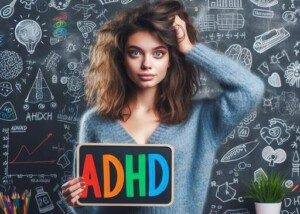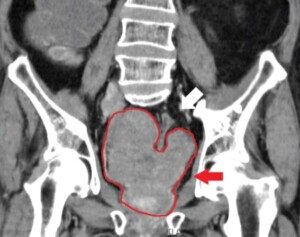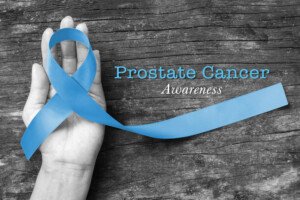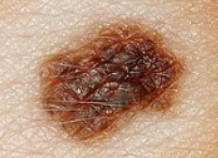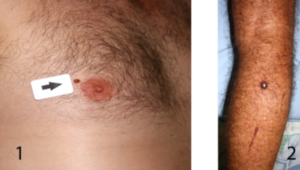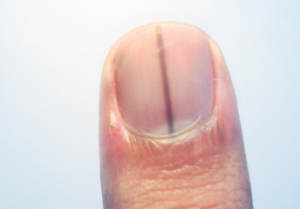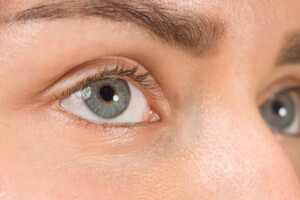A psychologist who specializes in ADHD comments on leg shaking.
“Leg shaking, like fidgeting, is often associated with anxiety or hyperactivity related to ADHD,” says Dr. Robert Myers, creator of the Total Focus program at Legacy Publishing.
Dr. Myers is a clinical psychologist with 30+ years of experience working with children, adolescents, families and parents, specializing in children and adolescents with attention deficit hyperactivity disorder.
“Usually the person is not aware they are doing it. It is a habit that can occur whether the person is relaxed or stressed out.
“If it is bothering others, you could try to point it out so they can stop and perhaps become more aware of it and work on gaining control.
“Sounds easy, but for some it’s not as easy as you might think.”
Does ADHD Directly Cause One or Both Legs to Shake?
“ADHD” is a reference to a composite of symptoms including hyperactivity and difficulty maintaining focus on a task.
Other features include struggling to get tasks completed, disorganization, often losing items, difficulty waiting one’s turn, interrupting conversations, trouble with planning, poor time management and difficulty sitting still.
But despite the part of difficulty sitting still, ADHD does not directly cause anything to happen to a leg.
However, as Dr. Myers had pointed out, the symptoms that are associated with this commonly-diagnosed condition can cause shaking of the legs. This includes impatience with waiting for one’s turn.
Now, if a child or adult is in the habit of bouncing a leg up and down on the ball of the foot while seated, or rapidly moving the foot side to side while the leg is outstretched while seated or lying, or in some other way allows the leg to voluntarily quiver – this does not suggest that the individual might have ADHD.
It often just amounts to a nervous or comforting habit that makes time seem to pass more quickly depending on the circumstance, such as waiting for one’s dental appointment.
I see leg shaking all the time at the gym while people are resting in between sets of upper body exercises.
In fact, I’ve seen it while a person is using their phone in between sets.
It’s not accurate to deduce that all of these people have ADHD.
Leg Shaking and Autism
Leg shaking, which of course can come in various forms, can be the result of autism.
This doesn’t always mean nervousness or anxiety.
I myself have a clinical diagnosis of ASD (and autism only; no ADHD), and I’ve been bouncing a leg since childhood.
It’s a habit. It usually occurs subconsciously regardless of my state of mind.
It could be a quick bounce or a slow bounce. It could be up and down (“knee bouncing”) or sideways (thigh swaying).
It just doesn’t feel natural to sit still.
These movements, particularly when referring to autism, are known as “stimming” (self-stimulatory or self-regulating behavior).
It’s also important not to equate voluntary leg shaking with the involuntary quivering or trembling that may occur from a bout of intense exercise.
For example, intense use of a leg press machine can result in quivering legs.
 Dr. Myers has 30+ years’ experience working with children, adolescents and parents, specializing in children and adolescents with ADHD. Total Focus is a comprehensive program to improve attention, concentration and self-control in children.
Dr. Myers has 30+ years’ experience working with children, adolescents and parents, specializing in children and adolescents with ADHD. Total Focus is a comprehensive program to improve attention, concentration and self-control in children.
 Lorra Garrick has been covering medical, fitness and cybersecurity topics for many years, having written thousands of articles for print magazines and websites, including as a ghostwriter. She’s also a former ACE-certified personal trainer.
Lorra Garrick has been covering medical, fitness and cybersecurity topics for many years, having written thousands of articles for print magazines and websites, including as a ghostwriter. She’s also a former ACE-certified personal trainer.
.




